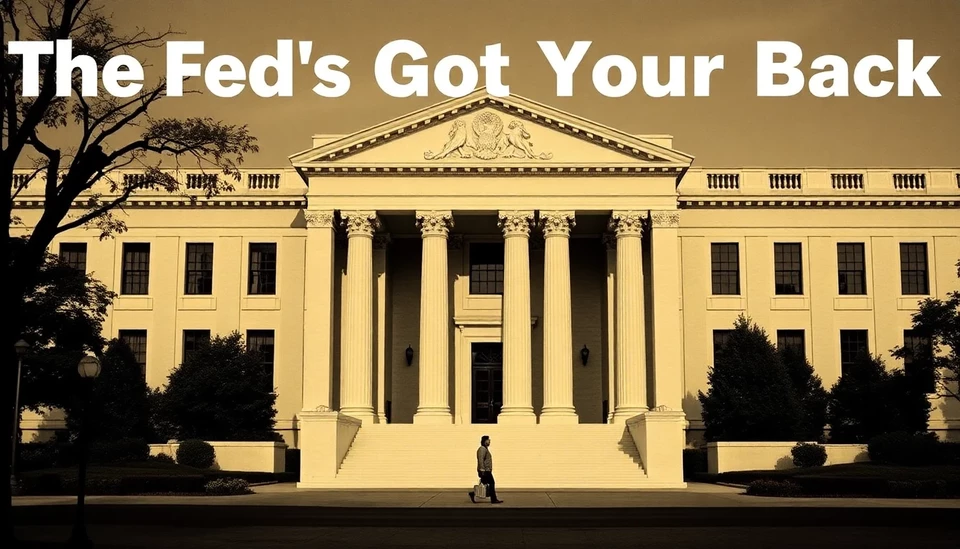
In a financial landscape characterized by soaring stock prices, chief financial officers (CFOs) remain staunch advocates for stock buyback programs. Despite the skepticism surrounding their effectiveness at high price points, many financial leaders continue to assert that engaging in buybacks remains a sound financial strategy. The reasoning behind this adherence to buybacks is multi-faceted, highlighting both financial prudence and shareholder return potential.
One of the principal arguments in favor of buybacks is the ability for companies to capitalize on what they perceive as undervalued stocks, even when those stocks reach all-time highs. This counterintuitive decision is grounded in the belief that shares can provide better long-term returns compared to alternative investment avenues, such as reinvestment in the business or dividend distribution. For many CFOs, returning cash to shareholders in the form of buybacks is viewed as a way to enhance shareholder value in a climate of rising stock prices.
In recent months, the trend towards substantial buyback programs has been pronounced, with a number of major corporations announcing plans to repurchase their shares aggressively. Industry leaders argue that when stock prices are elevated, the prudent strategy remains to leverage that liquidity for buybacks, which can help manage stock price volatility and maintain favorable earnings per share ratios. The argument stands that these buybacks signal confidence in the company's long-term financial health, which can further drive stock performance.
Additionally, interest rates remaining relatively low contribute to the attractiveness of buybacks. With inexpensive borrowing options at their disposal, companies find it easier to finance significant repurchase schemes. Many CFOs contend that with interest rates offering little return, buying back shares presents an opportune alternative for efficiently utilizing capital. This trend is particularly observable in sectors such as technology and consumer goods, where excess cash flow allows for robust buyback commitments without jeopardizing investments in growth and innovation.
Furthermore, the strategic implementation of buybacks by some companies is also designed to fend off the threat of activist investors. By reducing the float and subsequently increasing the ownership percentage of existing shareholders, companies can make themselves less palatable targets for potential shareholders looking to exert influence. This defensive maneuver can protect the company's leadership and maintain strategic autonomy in decision-making.
Nonetheless, critics of stock buybacks continue to voice concerns regarding the potential misallocation of resources. Detractors argue that prioritizing buybacks may lead to inadequate investments in capital expenditures, innovation, or employee development, which can ultimately stifle long-term growth. This ongoing debate presents a critical conversation around corporate governance and the responsibilities of leadership towards sustainable growth versus short-term shareholder returns.
As we move forward, the conversation about stock buybacks is likely to intensify, especially with ongoing fluctuations in market conditions and regulatory scrutiny surrounding these practices. However, for many CFOs, the calculus remains clear: stock buybacks, when executed strategically, offer a powerful tool for enhancing shareholder value—even in a market that continuously breaks records.
#StockBuybacks #CFOInsights #ShareholderValue #MarketTrends #FinancialStrategy
Author: Laura Mitchell

